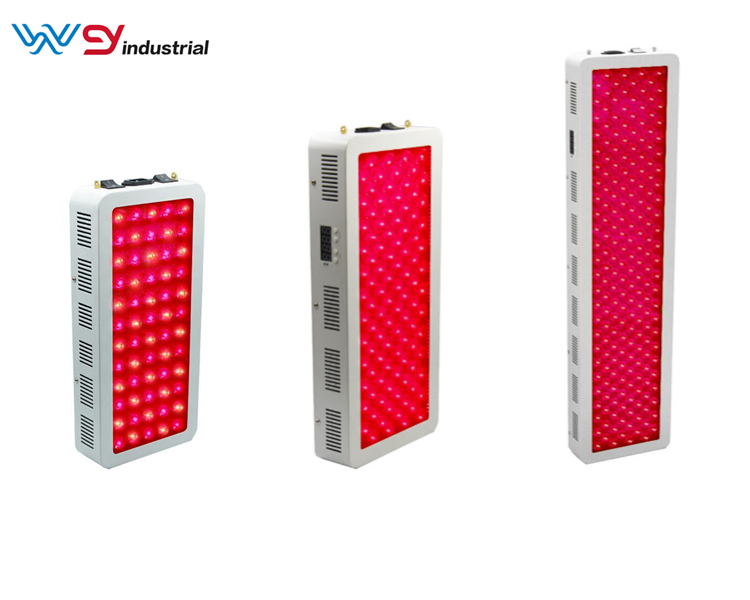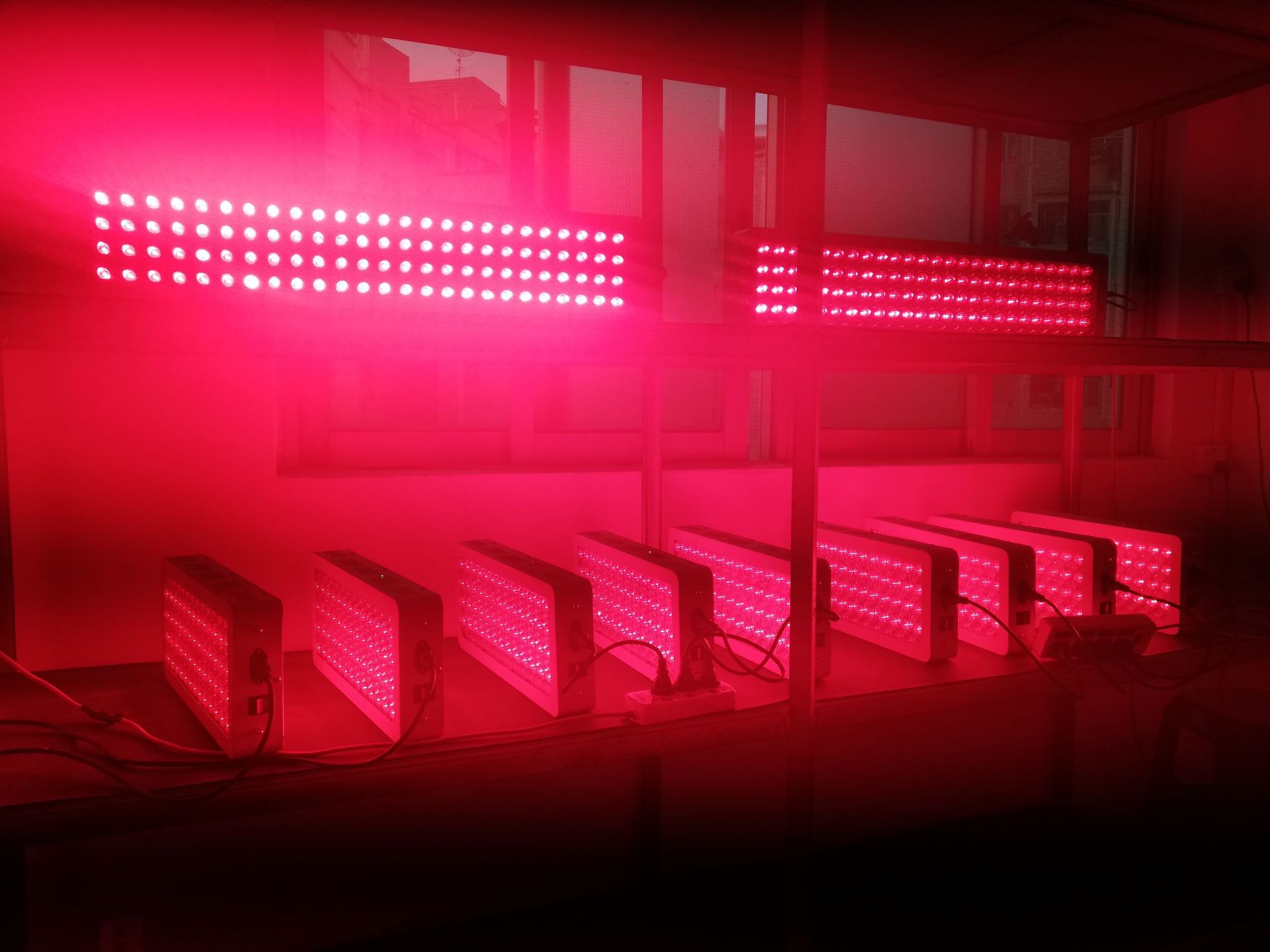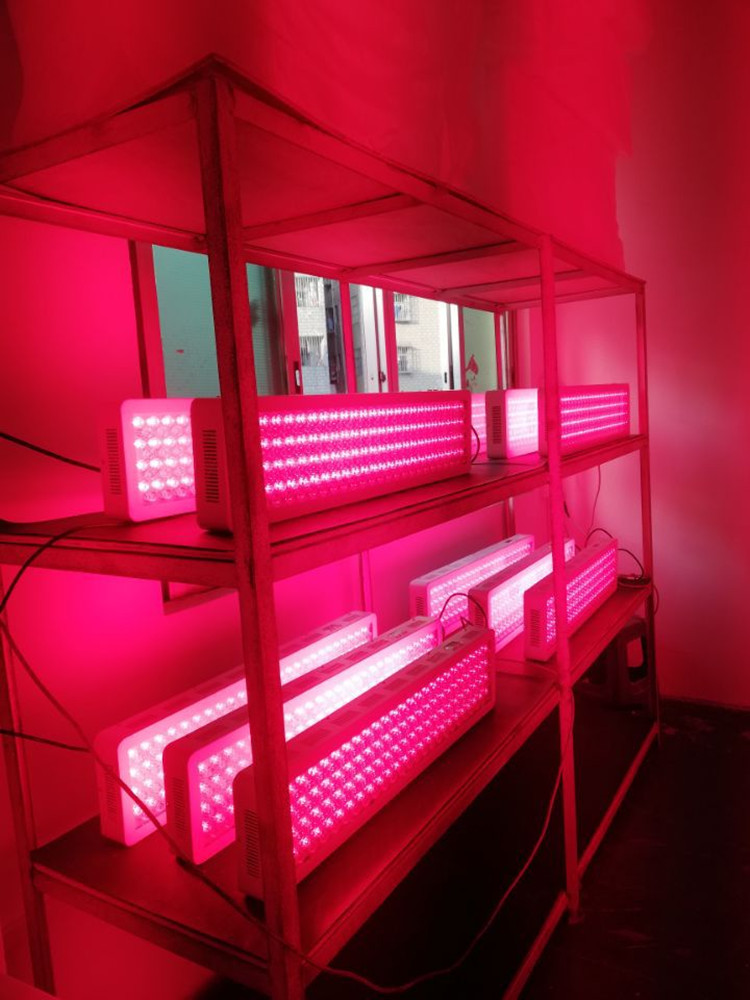1. Overcurrent relay
Overcurrent relay, referred to as CO, is a relay that operates from a current exceeding its set value. It can be used for system line and overload protection. The most commonly used is an induction overcurrent relay, which is made of electromagnet and aluminum or copper. The rotating disc is opposite, and the rotating disc is rotated by the principle of electromagnetic induction to achieve the protection.
The principle of action:
The inductive overcurrent relay uses the secondary current of the current transformer to generate a magnetic field in the relay to cause the disk to rotate, but the current flowing must be greater than the current value of the current plate to rotate.
2. Overvoltage relay
Overvoltage relay, referred to as OV, its main purpose is to make the circuit breaker trip to protect the power equipment from damage when the abnormal voltage of the system rises above 120% of the rated value. The structure of the inductive overvoltage relay The principle of operation is similar to that of an overcurrent relay, except that the main coil is different.
3, under voltage relay
The undervoltage relay, referred to as UV, has the same construction as the overvoltage relay, except that the internal contacts and the turntable will rotate immediately when the voltage is applied.
4, grounding over voltage relay
Ground overvoltage relay, referred to as OVG, or grounding alarm relay for short, GR, the same structure as the overvoltage relay, using a three-phase three-wire ungrounded system, connected to the open delta grounded grounding transformer to detect zero phase Voltage.
5, grounding over current relay
Ground overcurrent relay, referred to as GCR, is a high voltage line grounding protection relay.
The main purpose:
1) Ground overcurrent protection of high resistance grounding system;
2) Grounding protection of the stator winding of the generator;
3) Inter-layer short circuit protection of split-phase generators;
4) Overheat protection of the grounding transformer.
6, selective grounding relay
Selective grounding relay, referred to as SG, also known as directional grounding relay, referred to as DG, is used in non-grounded systems for distribution line protection, and overhead lines and cable systems can also be used.
Selective grounding relay: Zero phase sequence current detected by grounding voltage transformer. In case of grounding of the line, the selective grounding relay can positively indicate the faulty line and an alarm occurs, and select the faulty line to disconnect it according to its needs, and continue Send power to the normal line.
7, phase loss relay
Phase loss relay, referred to as OPR, or phase loss protection relay, referred to as PHR. In the three-phase line, when there is a line disconnection at the power supply end and a single phase is caused, if the line is not cut off immediately, the motor will be single-phase running and burned. .
8, ratio differential relay
The ratio differential relay, referred to as RDR, is used as the transformer AC motor, the differential protection of the alternator, and the overcurrent protection relay used in the past is when the abnormal current generated by the external fault flows through the protection device, if the transformer, The secondary side current is unbalanced or the current transformer characteristics are inconsistent. In these cases, this phenomenon will be extended several times, causing the relay to malfunction.
LED Therapy Light catalogue, include all therapy light, such as LED Therapy Light High Power, Therapy Light Lamp Panel,More Lamps For Light Therapy.normal wavelength is 660nm$850nm, led arrangement can be customized by your requirements.
High power therapy lamp:300w, 500w ,1000w
More Therapy:45W,60W,200W,300W.



Led Light Therapy,Led Light Treatment,Led Therapy Benefits,Led Therapy Machine
Shenzhen Wenyi Lighting Technology Co., Ltd , https://www.szwygrow.com